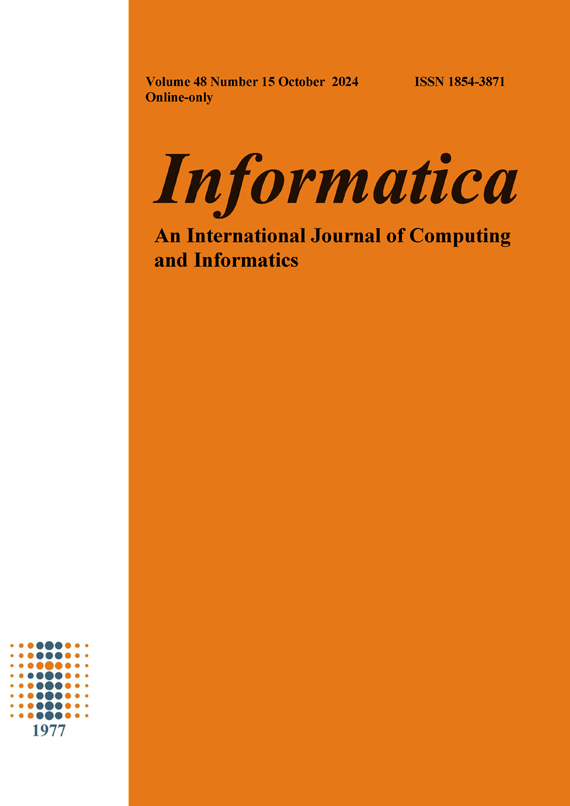Application of Binocular Vision Algorithm Based on Measurement and Control Technology in Robot Measurement and Positioning
DOI:
https://doi.org/10.31449/inf.v48i15.6391Abstract
Due to the efficient application of computer vision technology in the field of automation industry, the research on robot measurement and positioning combined with binocular vision algorithms and visual guidance systems has become more advanced and complex. This paper studies the use of binocular vision information to construct spatial three-dimensional coordinates and then issue execution commands to the robot, so that the Geometric modeling of binocular stereo vision can meet the requirements of accurate measurement and positioning of the test target. The target matching algorithm for binocular stereo vision is analyzed and the most suitable block matching algorithm for machine perfusion is determined. It belongs to the local matching algorithm and has a calculation speed of 93 ms. Testing the left and right camera parameters and spatial coordinate positioning measurement results shows that the pixel focal lengths of the left camera are 8.10172 mm and 8.10407 mm; The pixel focal lengths of the right camera are 8.10140 mm and 8.10365 mm; The maximum projection error of the left and right cameras is 0.075 pixels. The maximum and average error results of the 29 honeycomb structural components tested afterwards were 1.16 mm, 0.63 mm, and 1.83 mm, 0.81 mm on the horizontal and vertical axes, respectively; The maximum error value in rotation angle is 3.56°, and the average value is 1.37°. The final result shows that the error remains roughly within 2 mm and 4°. The experimental data proves that the algorithm system has precise requirements for robot measurement and positioning, and provides a theoretical basis and technical reference for robot measurement and positioning.
Downloads
Published
Issue
Section
License
I assign to Informatica, An International Journal of Computing and Informatics ("Journal") the copyright in the manuscript identified above and any additional material (figures, tables, illustrations, software or other information intended for publication) submitted as part of or as a supplement to the manuscript ("Paper") in all forms and media throughout the world, in all languages, for the full term of copyright, effective when and if the article is accepted for publication. This transfer includes the right to reproduce and/or to distribute the Paper to other journals or digital libraries in electronic and online forms and systems.
I understand that I retain the rights to use the pre-prints, off-prints, accepted manuscript and published journal Paper for personal use, scholarly purposes and internal institutional use.
In certain cases, I can ask for retaining the publishing rights of the Paper. The Journal can permit or deny the request for publishing rights, to which I fully agree.
I declare that the submitted Paper is original, has been written by the stated authors and has not been published elsewhere nor is currently being considered for publication by any other journal and will not be submitted for such review while under review by this Journal. The Paper contains no material that violates proprietary rights of any other person or entity. I have obtained written permission from copyright owners for any excerpts from copyrighted works that are included and have credited the sources in my article. I have informed the co-author(s) of the terms of this publishing agreement.
Copyright © Slovenian Society Informatika








